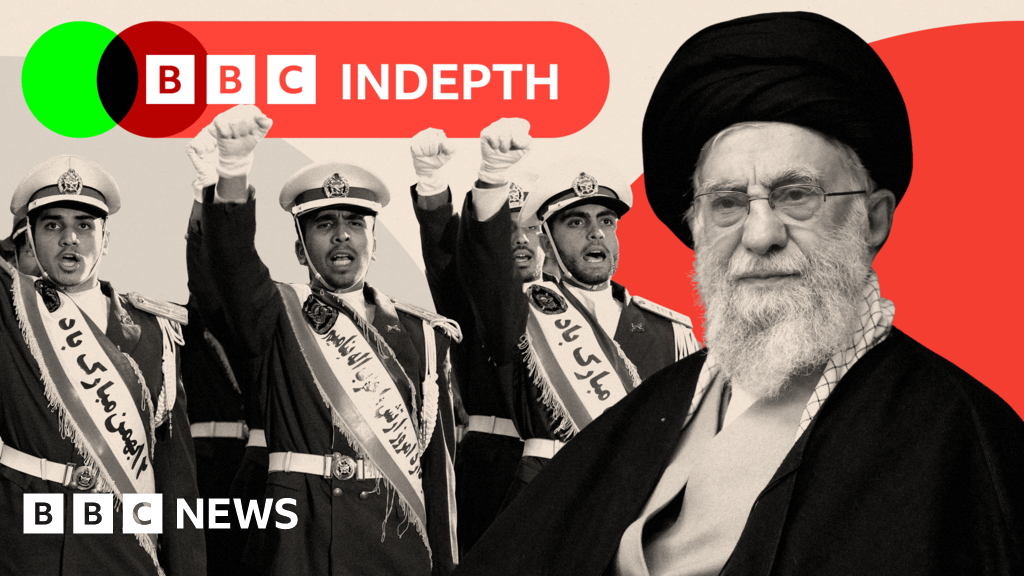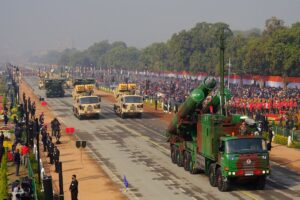
As Ayatollah Ali Khamenei, Iran’s Supreme Leader, emerges from nearly two weeks of seclusion during the conflict with Israel, he will confront a nation profoundly altered by war. The 86-year-old leader, reportedly hiding in a secret bunker to avoid assassination, faces a landscape marred by destruction. Despite a fragile ceasefire brokered by the US and Qatar, the threat of further violence looms, with Israeli Prime Minister Benjamin Netanyahu not ruling out targeting Khamenei.
The ceasefire offers a brief respite, but Khamenei’s return to public life will be met with new challenges and a nation questioning the path that led to this devastation. The war has left Iran significantly weakened, and the once formidable leader now finds himself diminished in stature.
Military Setbacks and Economic Strain
During the conflict, Israel swiftly gained control of Iran’s airspace, striking military targets with precision. The losses included top commanders of the Revolutionary Guard and the army, severely impacting Iran’s military capabilities. The damage to Iran’s military infrastructure remains contested, but the repeated bombings suggest a significant degradation of power.
Iran’s nuclear facilities, a source of international tension and economic sanctions, also suffered damage. The cost of these programs, estimated in the hundreds of billions, has left many Iranians questioning the rationale behind such investments.
“What was it all for?” many are asking, as the economic strain continues to cripple the nation.
Dissent and Discontent
As murmurs of dissent grow within Iran’s leadership, the war has exposed deep fractures. Some regime figures have reportedly called upon religious scholars in Qom to advocate for a change in leadership. According to Professor Ali Ansari of the University of St Andrews, “There will be a reckoning,” highlighting the internal disagreements and public discontent.
For ordinary Iranians, the conflict has intensified feelings of frustration towards a regime seen as responsible for the nation’s hardships. The war has fostered a sense of solidarity among citizens, who have rallied not for the regime but for each other, providing support and shelter to those displaced by the bombings.
Potential for Regime Change?
Despite the internal and external pressures, the prospect of regime change remains uncertain. Ayatollah Khamenei has effectively suppressed opposition, with leaders jailed or exiled. The opposition abroad struggles to present a unified front capable of seizing power if an opportunity arises.
Professor Lina Khatib warns, “It is unlikely that the Iranian regime will be toppled through domestic opposition.”
Fears of a regime crackdown are growing, with reports of executions and arrests on charges of espionage for Israel. The regime’s potential to turn its anger inward poses a significant threat to the Iranian populace, as economic hardships persist.
Nuclear Ambitions and Future Uncertainties
While Iran’s nuclear ambitions have been set back by the conflict, concerns remain over its missile capabilities and potential rush to develop nuclear weapons. Israel and Western nations remain wary of Iran’s intentions, particularly as the Iranian parliament moves to limit cooperation with the International Atomic Energy Agency.
Ayatollah Khamenei, aware of his advancing age and declining health, may seek to ensure a smooth transition of power. Whether to another senior cleric or a council of leadership, the future of Iran’s governance remains in question. The remaining loyal commanders of the Revolutionary Guard may also play a significant role in shaping the nation’s path forward.
As Iran navigates the aftermath of war, the challenges ahead are daunting. The nation’s leadership must grapple with internal dissent, economic recovery, and international scrutiny. The ceasefire may provide a temporary pause, but the underlying tensions suggest that Iran’s journey towards stability is far from over.







